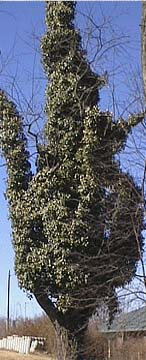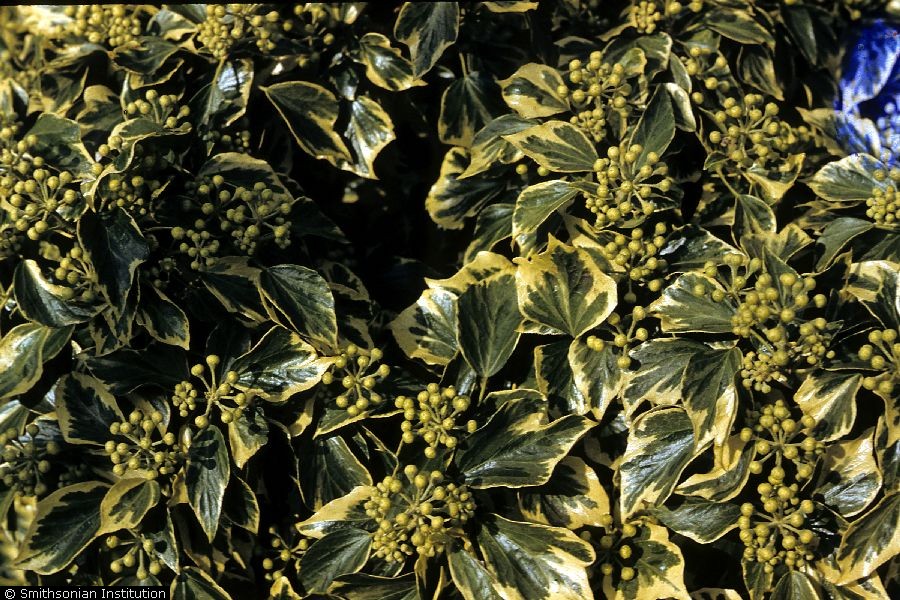


Classification

Domain: Eukarya
Kingdom: Plantae
Phylum: Anthophyta (Magnoliophyta)
Class: Dicotyledons (Magnoliopsida)
Order: Apiales
Genus: Hedera L.
Species: Hedera helix
Domain: Engilsh Ivy belongs to the Eukarya domain because it has a true nucleus.
Kingdom: Plantae kingdom has the characteristics of being multicellular with cellulose walls. Organisms consume their food through photosynthesis, making them autotrophic, or able to produce their own food. They also have organs and organ systems that help transfer nutrients throughout the body.

Phylum: Belonging tothe Anthophyta phylum means that the ivy is a flowering plant.
Class: Dicotyledons have
leaves with veins that branch out from one central vein.
Seeds contain two cotyledons. Vascular tissue is usually
arranged in a ring, and there is usually a main root prese nt.
Flower petals appear in multiples of four or five with pollen
grains that have three openings.
nt.
Flower petals appear in multiples of four or five with pollen
grains that have three openings.
Order: The Apiales order is a group of widely distributed flowering plants pollinated by a variety of organisms. Flowers are very simple.
Family: Many species of trees and shrubs with compound leaves belong to the Araliacecae family.
Genus: Hedera L. is the genus that contains all forms of ivy.
Species: Hedera helix combines the genus name with the specific name for English Ivy.

